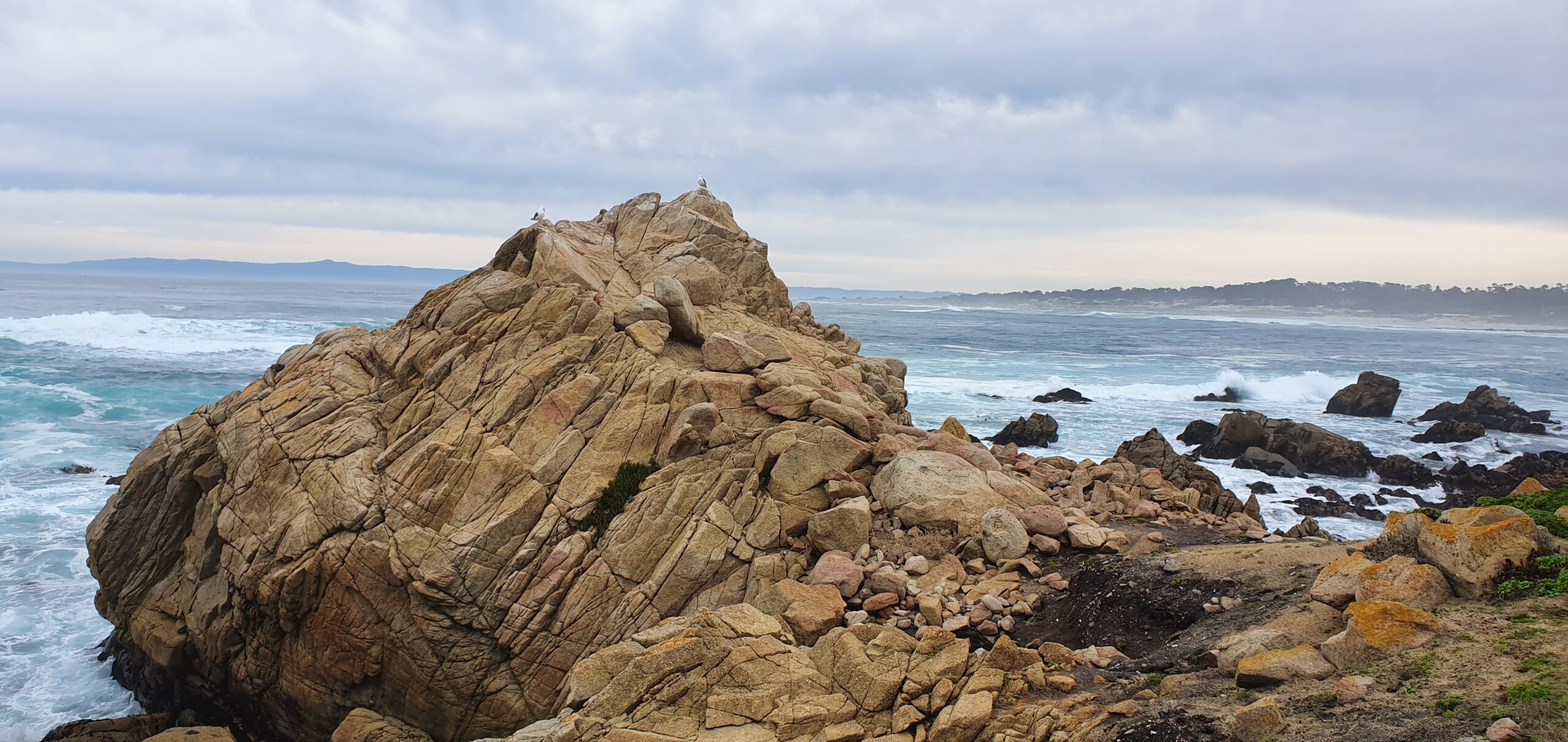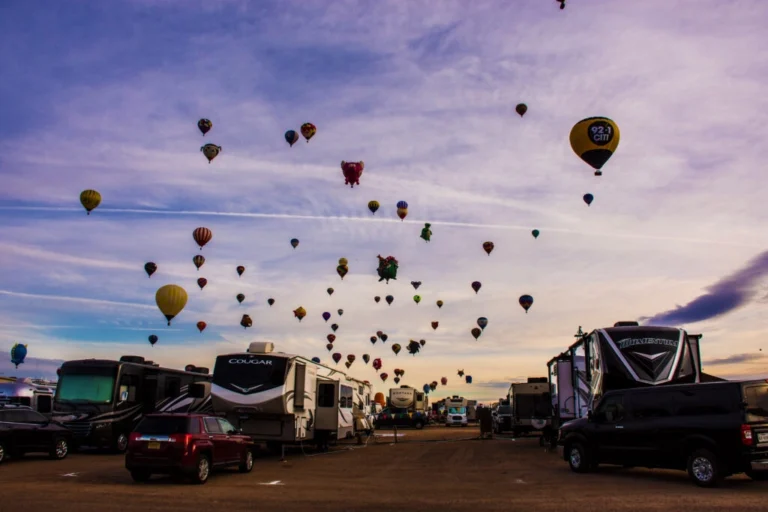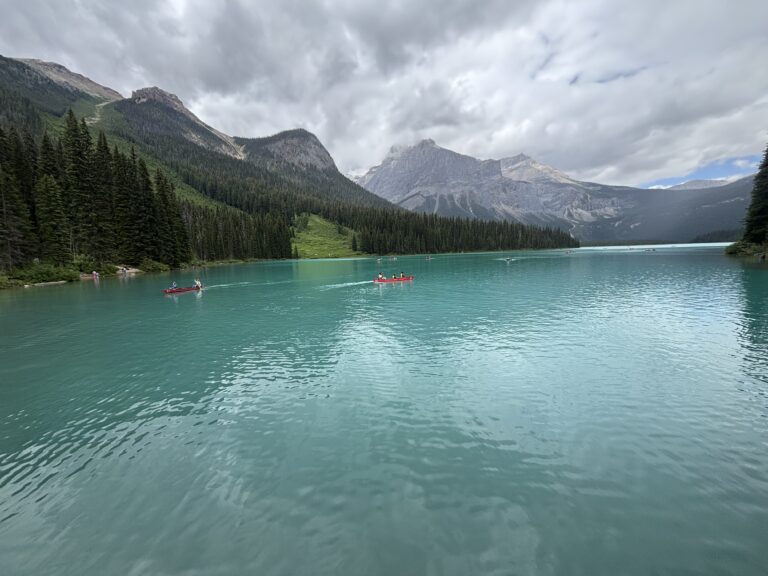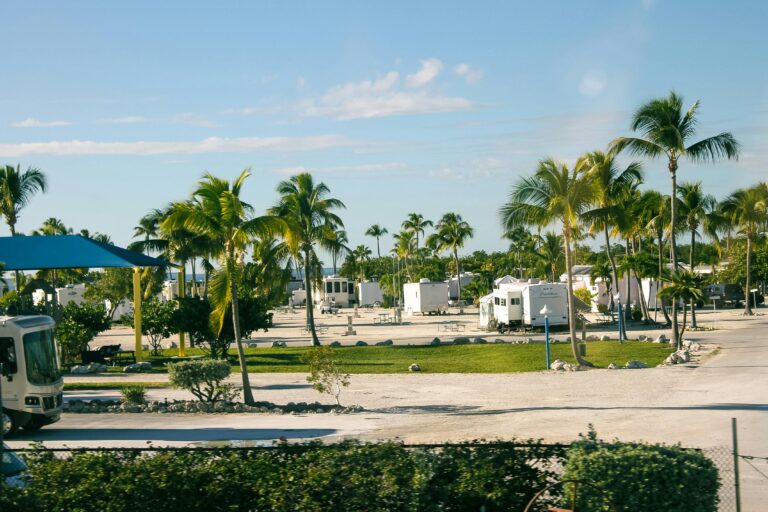The Ultimate West Coast Road Trip: A Logistical Blueprint for California, Nevada, and Arizona
The American West is built for road trips. The stretch that links California, Nevada, and Arizona offers some of the most diverse and dramatic scenery in the world. Within a few hours, you can travel from foggy Pacific beaches to scorching desert basins and high mountain passes. Success in this region depends on preparation – understanding regulations, timing, and smart budgeting.
This guide simplifies logistics and shows how to plan your journey efficiently. You’ll find strategic planning advice, cost-saving methods, safety tips for different terrains, and sample itineraries for trips lasting two to four weeks.
Smart Planning and Budget Foundations
A seamless West Coast and Southwest road trip begins before the first mile. You’ll need a clear plan for your route, timing, budget, and lodging options. Advance preparation reduces stress, saves money, and ensures safer travel.
Choose Your Road Trip Theme
Focusing on one theme makes the journey more rewarding and less rushed. Consider three proven options:
1. The Golden Triangle (14–16 days)
Visit America’s most famous landmarks—San Francisco, Los Angeles, Las Vegas, Yosemite, and the Grand Canyon. This route is packed with iconic stops but demands heavy driving (about 200 miles per day). Book national park campsites, such as Yosemite, exactly six months ahead. Expect a fast pace and limited downtime.
2. Coastal Majesty and Desert Splendor (21–25 days)
Follow the Pacific Coast Highway from San Francisco to Southern California, then explore Joshua Tree, Sedona, and Arizona’s red-rock canyons. This version gives you time to relax and dive deeper into each destination. Plan at least 18 days to balance scenic drives with rest stops.
3. Southwest Deep Dive (28+ days)
Slow down and focus on remote wonders such as Lassen Volcanic National Park, the Petrified Forest, and hidden desert gems managed by the BLM. With a longer schedule, you can enjoy inexpensive camping and fewer crowds while spending less per day.
Car Rentals, Costs, and Route Logistics
The West’s climate extremes demand vehicle preparation. Plan for cold mountain passes (chains may be required in winter) and desert heat (extra water and coolant are essential). Book your rental at least a month in advance to secure lower rates—often around $30 per day for a compact car.
For efficiency, book an open-jaw route – such as flying into Las Vegas and out of San Francisco—to save time and avoid backtracking. Factor in one-way rental fees when budgeting.
Sample Daily Budget (Mid-Range Style)
| Expense Type | Typical Daily Cost |
|---|---|
| Lodging + Food | $250 |
| Fuel | $50–$80 |
| Park Fees / Passes | $10–$20 |
| Miscellaneous | $20–$30 |
Camping on public lands (BLM) can drastically reduce these costs. Free dispersed camping or $4–$10 campsites help shift most of your budget toward fuel and provisions rather than hotels.
Saving on Parks and Fuel
Use the America the Beautiful Pass
If your trip includes three or more federal lands, purchase the America the Beautiful Pass. For $80 per year, it covers entrance fees for all passengers in one vehicle at National Parks, Forests, and BLM lands.
Visiting Yosemite, the Grand Canyon, and Joshua Tree would already cost $105 in separate fees, making the pass the smarter choice.
Understand Fuel Price Differences
Gas prices vary sharply by state:
| State | Approx. Tax Cost per Gallon | Strategy |
|---|---|---|
| California | $1.35 | Fill up before crossing into CA |
| Nevada | $0.72 | Avoid city centers like Vegas |
| Arizona | $0.66 | Best for major fill-ups |
By consistently refueling in Arizona or Nevada, travelers can save $200–$300 on a long trip. Always treat border crossings as fuel optimization opportunities.
Navigation and Safety in Extreme Terrain
Know Your Maps
Do not rely solely on GPS. Cell coverage is patchy in Death Valley and the Mojave. Carry an updated atlas or offline map and check road conditions before entering remote areas.
Stay Hydrated and Prepared
Pack several gallons of drinking water, non-perishable food, and essential medications. High desert heat stresses car engines – check fluids regularly and carry extra coolant.
Protect Wildlife
Drive cautiously through desert preserves, where tortoises often cross roads. Never drive off established tracks. When stopping, check under your vehicle before moving again.
Food Storage and Wildlife Compliance
Cooler Safety
Keep perishables below 40°F (4°C). In desert heat, food becomes unsafe after one hour above 90°F (32°C). Use two coolers – one for drinks and frequent access, another for main food storage. Wrap raw meat separately to avoid contamination.
Bear-Proof Storage
In Yosemite and other Sierra parks, food must be stored in a bear-resistant canister placed 50 feet from your sleeping area. Hanging food from trees is prohibited and subject to fines. Budget $70–$100 to purchase or rent one.

Camping Options Across the West
| Type | Cost per Night | Stay Limit | Notes |
|---|---|---|---|
| NPS Campgrounds | $20–$48 | Varies | Book 6 months ahead |
| BLM Campgrounds | $4–$10 | 14 days/28 days | Minimal facilities |
| Boondocking (Free) | Free | 14 days, move 25+ miles (AZ) | Self-contained only |
| LTVAs | $40/week or $420/7 months | Up to 7 months | Great for winter stays |
You can find booking information and campground details on the RV Parks and Campgrounds guide at GetRVUSA, where you’ll discover top-rated locations across the U.S. and Canada. This page provides up-to-date details about park amenities, hookups, reservation options, and seasonal availability – helping RV travelers plan smarter and choose the best spots for their next trip.
Three Proven Itinerary Templates
1. The Iconic “Golden Triangle” (14–16 Days)
- LA → Joshua Tree (2 days): Gather supplies, explore iconic rock formations.
- Joshua Tree → Las Vegas (1 day): Refuel in Nevada to save on gas.
- Las Vegas → Grand Canyon (2 days): Visit South Rim, then Route 66 at Kingman.
- Grand Canyon → Death Valley → Yosemite (5 days): Plan for Tioga Pass closures and carry coolant.
- Yosemite → San Francisco (final days): Return or fly out from SFO.
2. Coastal Majesty & Desert Transition (21–25 Days)
- San Francisco → Big Sur → Santa Barbara (5 days): Drive the scenic PCH.
- Los Angeles → Joshua Tree → Sedona (7 days): Balance city stops with outdoor exploration.
- Sedona → Grand Canyon North Rim (4 days): Book Antelope Canyon tours in advance.
- Hoover Dam → Lake Mead → Las Vegas (final days): Wrap up with relaxation and easy departure.
3. Southwest Deep Dive (28+ Days)
- Lassen Volcanic & Mono Lake (first week): Avoid Yosemite crowds.
- Petrified Forest → Prescott (midsection): Discover lesser-known Arizona parks.
- Valley of Fire → Death Valley → Quartzsite LTVA (final days): Mix geological wonder with affordable long stays.
Best Travel Seasons
| Season | Focus | Notes |
|---|---|---|
| Spring (Mar–May) | Desert parks | Moderate temps, dry air |
| Summer (Jun–Aug) | High-elevation parks | Avoid desert heat |
| Fall (Sep–Nov) | Balanced mix | Ideal for full CA–NV–AZ loop |
Essential Takeaways
- Buy the America the Beautiful Pass for park entry savings.
- Refuel in Arizona or Nevada before entering California.
- Use BLM camping to shrink accommodation costs.
- Reserve NPS campsites six months ahead.
- Carry offline maps and engine coolant for desert stretches.
With these strategies, your West Coast road trip becomes smoother, safer, and more affordable – opening the door to explore the wild beauty of California, Nevada, and Arizona with confidence.







